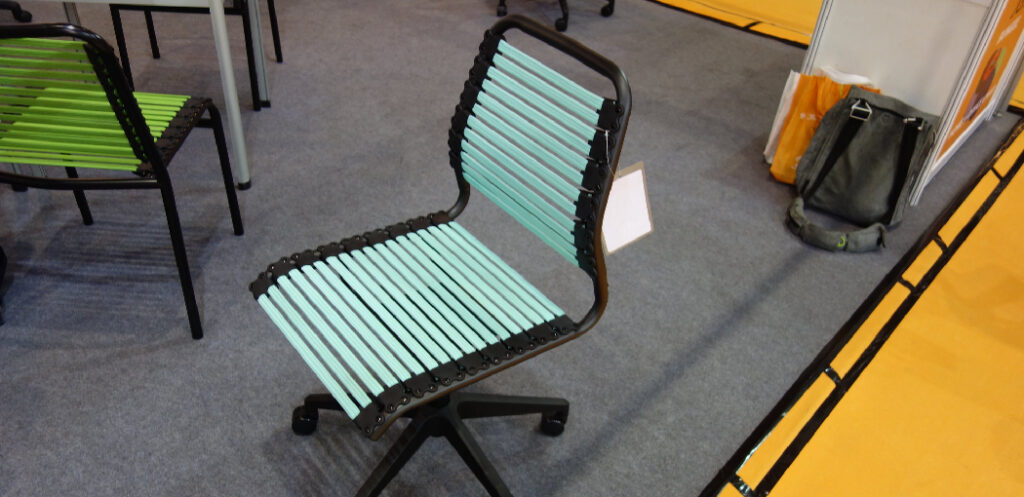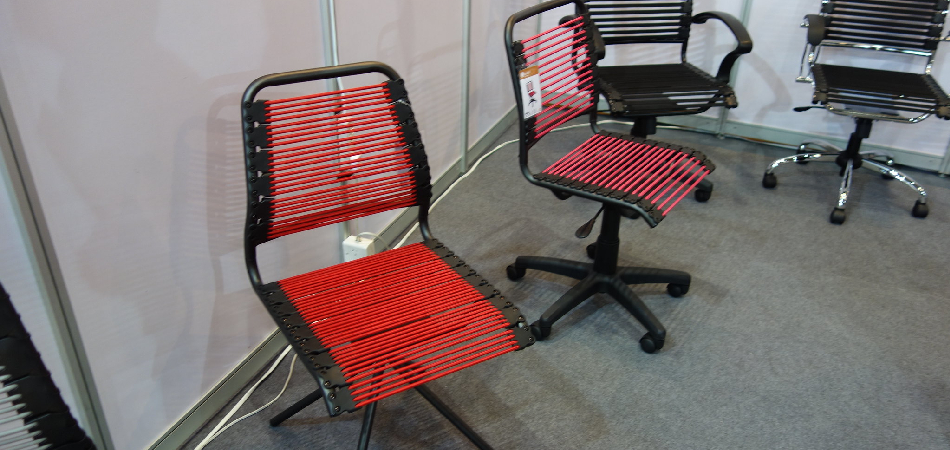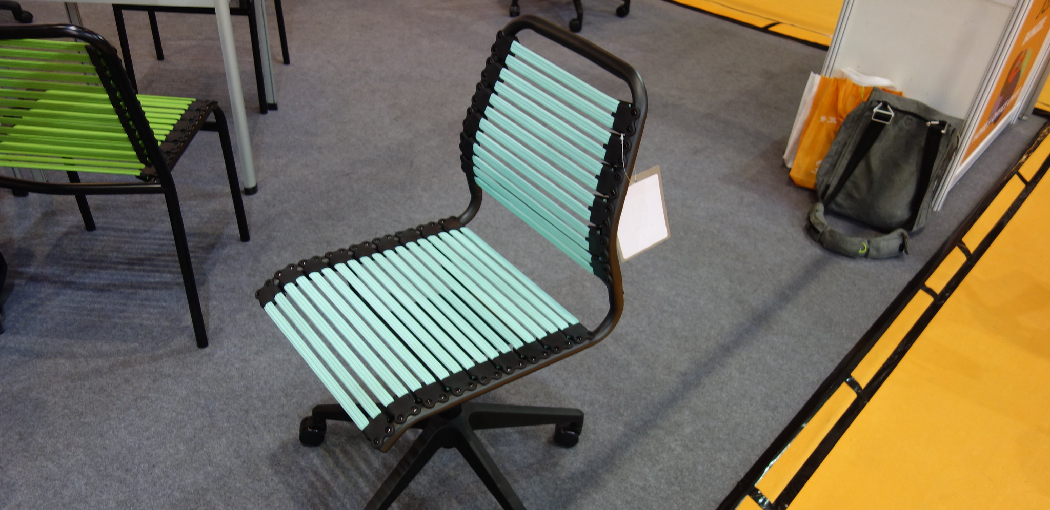Bungee chairs have become a popular choice for home furniture in recent years. They are comfortable, stylish, and versatile. However, like any piece of furniture, they can sometimes experience problems. If you’re struggling to get your bungee chair right, here are a few tips to help you out. First, make sure that the cords are correctly aligned before tightening them.

You may also need to adjust the chair’s height to get the desired level of tension. Finally, be patient and take your time adjusting the cords; it’s worth getting them right! In this article, we will discuss how to fix a bungee chair. We will cover the most common issues that can occur and provide tips on how to solve them. Thanks for reading!
10 Easy Methods on How to Fix a Bungee Chair:
1. Replace Felt Pads
This is probably the most common solution to fixing a damaged bungee cord. All you have to do is replace the felt pad on the tip of each chair leg. The felt pad acts as a cushion for the cord. Unfortunately, the cord will rip right through them if they are too worn out.
2. Cord Replacement
The bungee cords themselves can stretch or wear out over time, especially if you use your chair often. But, like the felt pads, all you have to do is replace them with new ones.
3. Add Plastic Tube Covers
The two ideas above are the main ways to fix a bungee chair. However, other ways may only be useful to you depending on your situation. If your cord is not ripped but just hanging out of its tube, try adding plastic tube covers over the ends of the tubes where the cords come out.
4. Run New Cords
If your chair is in good condition, but the cord isn’t doing its job anymore, you could try running new ones through. However, it might not be easy to run new cords when the old ones are still attached. If that’s the case, you can detach them and reattach them when finished.
5. Rubber Bands
If you have a bungee chair, but the rubber bands inside it broke, you can fix it by replacing them with new ones. You could also find another way to keep the cords from slipping out through the tubes.
6. Sewing Thread or Elastic Strings
As a less ideal solution, you might be able to use sewing thread or elastic string to keep the cords inside the tubes. However, elastic cord may break after a while, and it’s not as easy to use as rubber bands. You can also sew weaving threads across two or more of your existing cords if they easily come out of the tube.
7. Fabric Tube Covers
If you want to keep your cords inside the tubes but can’t find any rubber bands or sewing thread, you could try fabric tube covers. They’re easy to make by cutting felt strips and wrapping them around each tube with a basic stitch.
8. Clothespins
A less ideal but easy-to-find solution is clothespins. You could use them to keep the cords inside of the tubes. This is probably best for chairs that aren’t used often or if you don’t mind putting clothespins on each tube.
9. Cable Ties
If you’re looking for something more permanent than clothespins, cable ties are probably your best option. They may also be easier to find than elastic strings or sewing thread. However, they can damage your cords if not used carefully.
10. Duct Tape
Last but not least, you could try duct tape if all of your other attempts fail. It’s a very simple and temporary solution. However, it may leave some adhesive residue on the cords and will probably only last you a little while before needing to be replaced.

Some Tips and Suggestions:
1. It can be helpful to attach a zip tie with duct tape instead of using the included Allen wrench.
2. Increasing the number of bungee cords or adding your own is another option.
3. If you have the time, removing all parts and reassembling them can help identify where any problems are coming from.
4. Inspect all the metal ends and make sure there are no sharp points or frayed cords.
5. If a bungee cord breaks, replace it as soon as possible, as a broken cord could damage a chair component.
6. If you notice any hardware loosening up, tighten them to avoid accidents later on.
7. Make sure all the screws are tightened down, including the two screws at the top of each side rail.
What Is the Purpose of a Bungee Chair?
Bungee chairs, also known as bungy chairs, are simple chairs designed to be durable and strong. Their main purpose is for relaxation or as an alternative to sitting on the floor. The design consists of two metal “X” shapes at the top and bottom of the chair back with two cords tied between them to create a cradle where the sitter will rest their back. The cords are rubberized and stretch to provide a comfortable seat that is durable enough to hold up to 300 pounds.
Are Bungee Chairs Healthy?
A bungee chair is any office or home chair that uses elastic bands to allow the user to bounce or rock. Some of these chairs are even designed so the user can lean back while remaining supported by the chair. The inner workings of a Bungee chair may contain more than ten different types of hardware, including screws, bolts, nails, and hooks. It is essential to know that bungee chairs are not designed to be used for an extended period.
The average user spends less than ninety minutes a day in their chair, which can cause long-term damage to any chair if it is improperly assembled. Therefore, to prolong the life of your office or home chair, it is essential to adjust the band’s position every twenty minutes. This will give your chair time to relax and release any pressure caused by sitting for an extended period.
You may read also – How to Level a Chair When Assembling
Conclusion:
The bungee chair is an excellent piece of furniture, but it can be tricky to fix when something goes wrong. After reading this article on how to fix a bungee chair, we hope you should be able to have your bungee chair up and running in no time.
By following these few simple tips, you should be able to fix your bungee chair in no time and get back to relaxing in comfort. Have you ever had a problem with your bungee chair? If so, what did you do to fix it? Let us know in the comments below.
Check out another article –

